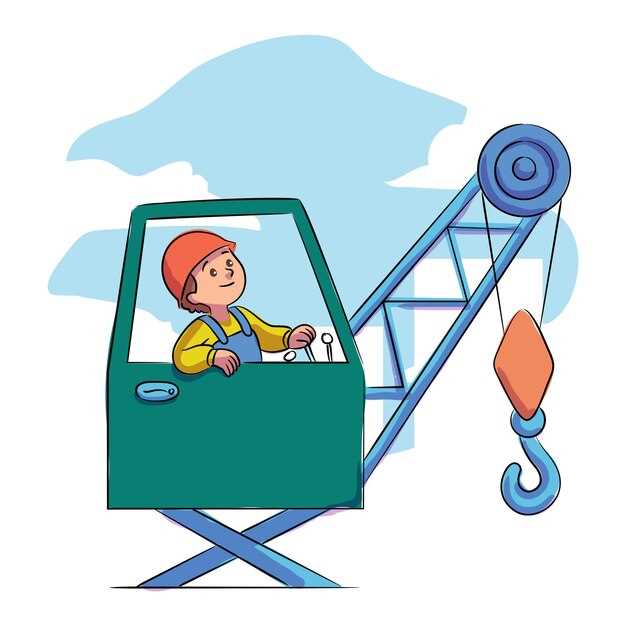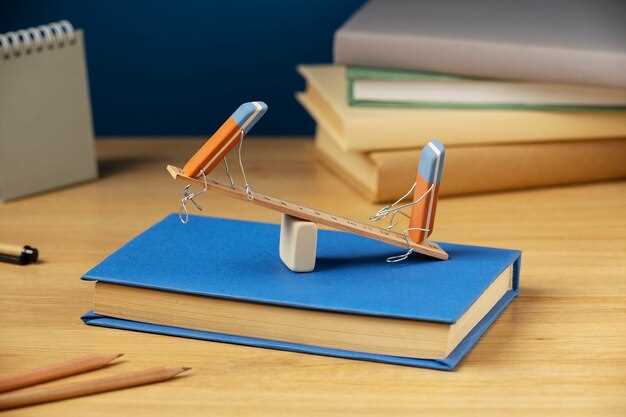
Independent suspension systems play a crucial role in enhancing the ride quality and handling characteristics of various vehicles, including the renowned Birkin sports cars. These systems allow each wheel to move independently, which leads to improved traction and stability, particularly when navigating uneven terrain or sharp corners. This article delves into the intricacies of independent suspension systems found in Birkins, shedding light on their design principles, advantages, and overall impact on performance.
At the core of the independent suspension system is the ability to absorb shocks and vibrations without significantly affecting the opposite wheel. This feature not only contributes to a smoother ride but also allows for better alignment of the wheels during dynamic driving scenarios. Birkins, known for their lightweight construction and agile performance, utilize advanced suspension designs that capitalize on these benefits, resulting in a driving experience that is both exhilarating and comfortable.
Furthermore, we will explore the specific types of independent suspension systems employed in various Birkin models, highlighting how these setups are tailored to meet the demands of different driving styles and conditions. By understanding the underlying mechanics and benefits of these systems, enthusiasts and potential buyers can make informed decisions that enhance their driving experience and enjoyment of the Birkin legacy.
Analyzing the Components of Independent Suspension Systems

Independent suspension systems are designed to enhance vehicle handling, comfort, and stability by allowing each wheel to move independently. This section focuses on the critical components that make up these systems, particularly in the context of Birkins.
At the core of an independent suspension system are the control arms, which connect the vehicle’s chassis to the wheel assembly. Typically, upper and lower control arms work in tandem to allow vertical movement while maintaining lateral stability. These arms can vary in design, from A-arm configurations to multi-link setups, each offering distinct advantages in terms of geometry and handling characteristics.
The next component is the wheel hub, which houses the wheel bearings. Wheel hubs must be precisely engineered to accommodate the forces exerted during vehicle operation while ensuring smooth rotation. The integration of lightweight materials in the hub design is vital for minimizing unsprung weight, which enhances responsiveness and overall ride quality.
Shocks and struts are integral to managing the vehicle’s dynamics. They control the oscillations of the springs and dampen movements, providing stability during cornering and braking. Birkins often utilize coilover systems that allow for adjustable ride height and damping characteristics, enabling users to tailor performance based on specific driving conditions.
Springs, out of which coil springs are most common in independent systems, work alongside shocks to support the weight of the vehicle and absorb impacts from uneven surfaces. The choice of spring rate influences ride comfort and handling; stiffer springs may improve responsiveness but can negatively affect ride quality over rough terrain.
The anti-roll bar, also known as a sway bar, plays a crucial role in controlling body roll during turns. This component connects the left and right sides of the suspension system, distributing forces to maintain balance and enhance cornering stability. The effectiveness of the anti-roll bar can be tuned to achieve desired performance characteristics based on driving preferences.
Additionally, bushings are essential for isolating vibrations and allowing controlled movement between different components. They provide the necessary flexibility and help dampen road noise, contributing to an overall improved driving experience. High-performance kits often include upgraded bushings made from stiffer materials for enhanced feedback and control.
Finally, the geometry of the suspension system, including aspects such as camber, caster, and toe angles, significantly impacts vehicle dynamics. These angles are meticulously calculated to ensure optimal tire contact with the road during various driving conditions, thereby maximizing grip and ensuring safety.
In conclusion, each component of an independent suspension system plays a pivotal role in the overall performance of Birkins. A thorough understanding of these elements allows enthusiasts and engineers alike to optimize handling, comfort, and safety in their vehicles.
Evaluating the Benefits of Independent Suspension for Performance

Independent suspension systems offer significant advantages in the realm of automotive performance, particularly for high-performance vehicles like Birkins. This design allows each wheel to move independently, enhancing the vehicle’s handling characteristics. By isolating wheel movement, independent suspensions reduce the transfer of forces between wheels, leading to improved traction and stability, especially in cornering situations.
One major benefit of independent suspension is its ability to maintain tire contact with the road surface. This contact enhances grip, ensuring that power is effectively translated into forward motion without excessive wheel slip. As a result, a vehicle equipped with independent suspension can accelerate more efficiently, particularly during sharp turns or on uneven surfaces.
Additionally, independent suspension systems contribute to ride comfort. By accommodating the vertical movement of each wheel independently, the system minimizes the impact of road imperfections on the vehicle’s chassis. This feature not only improves the driving experience but also allows for better weight distribution across all four tires, further optimizing traction and reducing the likelihood of understeer or oversteer.
Furthermore, independent suspension allows for more precise tuning of the vehicle’s dynamics. Engineers can adjust parameters such as camber, toe, and ride height for each wheel independently. This level of customization leads to enhanced handling characteristics, allowing drivers to achieve their desired performance attributes, whether it’s increased stability at high speeds or agility in tight corners.
In racing and performance-oriented applications, independent suspension systems frequently outperform traditional solid axles. The reduction in body roll and improved cornering capabilities are critical in competitive environments, where every fraction of a second counts. Therefore, for those looking to optimize their Birkin vehicles for track performance, investing in a well-designed independent suspension system is a strategic choice that yields tangible results.
Troubleshooting Common Issues in Birkin Independent Suspension Systems
Birkin independent suspension systems are designed for optimal performance and handling. However, like any automotive component, they can encounter issues over time. Understanding how to troubleshoot these problems can ensure a safe and smooth driving experience.
One common problem is uneven tire wear, which often indicates misalignment or incorrect suspension angles. To address this, inspect the alignment settings and make necessary adjustments. Check camber, caster, and toe angles, as improper settings can lead to accelerated wear and compromised vehicle stability.
Noisy suspension components can also be a concern, often originating from worn or damaged bushings, bearings, or shock absorbers. To troubleshoot, visually inspect these components for any signs of wear or damage. A thorough examination might involve looking for cracks, leaks, or play in the joints. Replacing any worn components is crucial for maintaining suspension integrity.
Another issue is reduced ride comfort, which may arise from failing shock absorbers. A simple test involves bouncing each corner of the vehicle to gauge its responsiveness. If the car bounces more than once or appears to sag excessively, replacing the shocks may be necessary. Regular maintenance, including fluid checks, can also help prevent this issue.
Suspension height problems may derive from incorrect spring settings or damaged springs. Check the spring condition and ensure that they meet the specified height requirements. If the springs are sagging or broken, replacement is essential to restore the original ride height and performance characteristics.
Lastly, handling problems during cornering can indicate underlying suspension issues. Inspect all suspension links for wear and ensure that the anti-roll bars are functioning correctly. A loose or damaged anti-roll bar can compromise stability during turns. Tightening or replacing worn components may be needed to resolve this issue.
In summary, maintaining Birkin independent suspension systems involves regular inspections and addressing any signs of wear or failure promptly. By understanding these common issues and their troubleshooting methods, drivers can ensure their vehicles perform at peak efficiency and safety.












